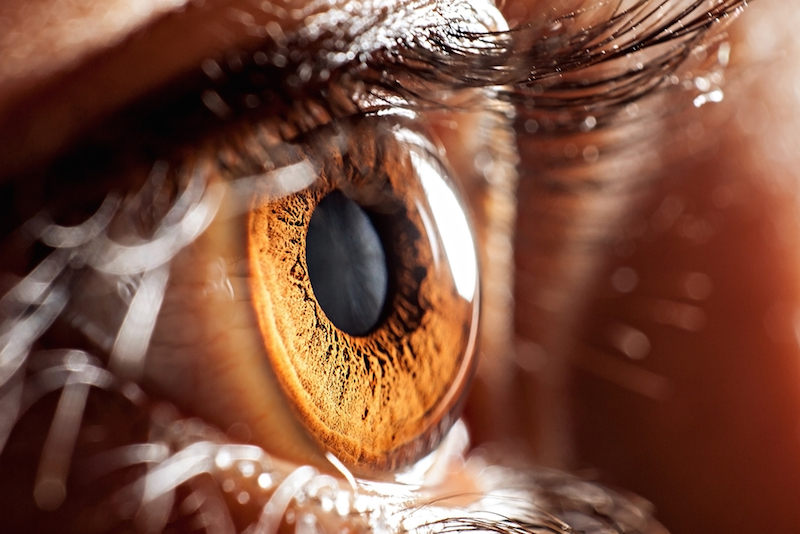3 Blind Mice? These Rodents' Vision Has Been Restored

At least three blind mice have now regained some of their vision because of research that regenerated severed nerves, re-establishing the connection between their eyes and brain, researchers report today.
What works in mice may not work in humans, but the scientists say their work in mice is "strongly informative toward developing new tools for treating vision loss in humans," said study senior author Andrew Huberman, a neuroscientist at Stanford University's School of Medicine.
The scientists experimented on mice that had damage to their optic nerves, which connect the eyes and brain. The animals served as a model for the human condition glaucoma, which affects nearly 70 million people globally and is the second-leading cause of blindness in the world after cataracts. Although doctors nowadays can often treat cataracts, there is currently no cure for glaucoma.
Glaucoma results from excessive pressure on the optic nerves. The center of each optic nerve is made up of nerve cells that pick up electrical signals from the retina, the eye's light-sensitive layer, and carry those signals to the brain. [6 Foods That Are Good For Your Brain]
"In humans, we have about 1 million cells connecting each eye to the brain," Huberman told Live Science. In the optic nerve, the long, thread-like arms of the nerve cells — called the axons — connect the eyes to more than two dozen regions of the brain. Previous research found that these axons can reach up to 8 inches (20 centimeters) long.
Unfortunately, axons in the brain and spinal cord of mammals do not regenerate on their own if they are damaged, with the exception of certain sensory nerve cells linked with smell. Damage to optic nerves has resulted in permanent vision loss — until now.
Previous research suggested that the inability of cells in adult brains to regenerate is partly due to how a cascade of growth-enhancing chemical reactions, known as the mTOR pathway, tapers off over time. The scientists wanted to see if boosting this pathway's activity might help regenerate axons.
Sign up for the Live Science daily newsletter now
Get the world’s most fascinating discoveries delivered straight to your inbox.
In experiments, the researchers took adult mice with one damaged optic nerve and treated them with either gene therapytargeting the mTOR pathway or intense daily exposure to images of a moving black-and-white grid, or both.
They found that three weeks later, gene therapy or visual stimulation each resulted in only modest regrowth of axons. However, when the scientists combined both approaches and temporarily sealed the mouse's undamaged eye to encourage the active use of the damaged eye, the optic-nerve axons regrew all the way to their appropriate destinations in the brain.
Moreover, a number of the vision tests found a degree of restored sight. For example, rodents headed for shelter after seeing an expanding dark circle that mimicked an attacking predator. "Several dozen mice had vision restored to varying degrees," Huberman said.
Still, the mice failed other vision tests, such as avoiding stepping over an illusory cliff. "Only a very small fraction of neurons regenerated — probably less than 5 percent," Huberman said. "We need to figure out ways to get more cells to regenerate."
Future research may involve developing wearable virtual-reality devices that could stimulate the eye "to strengthen the connection between the eye and brain," Huberman said. Future work may also see if it is possible to regenerate other damaged areas in the brain and spinal cord, such as damage that occurs "in spinal cord injuries, Alzheimer's and stroke," he said.
The scientists detailed their findings online today (July 11) in the journal Nature Neuroscience.
Originally published on Live Science.










